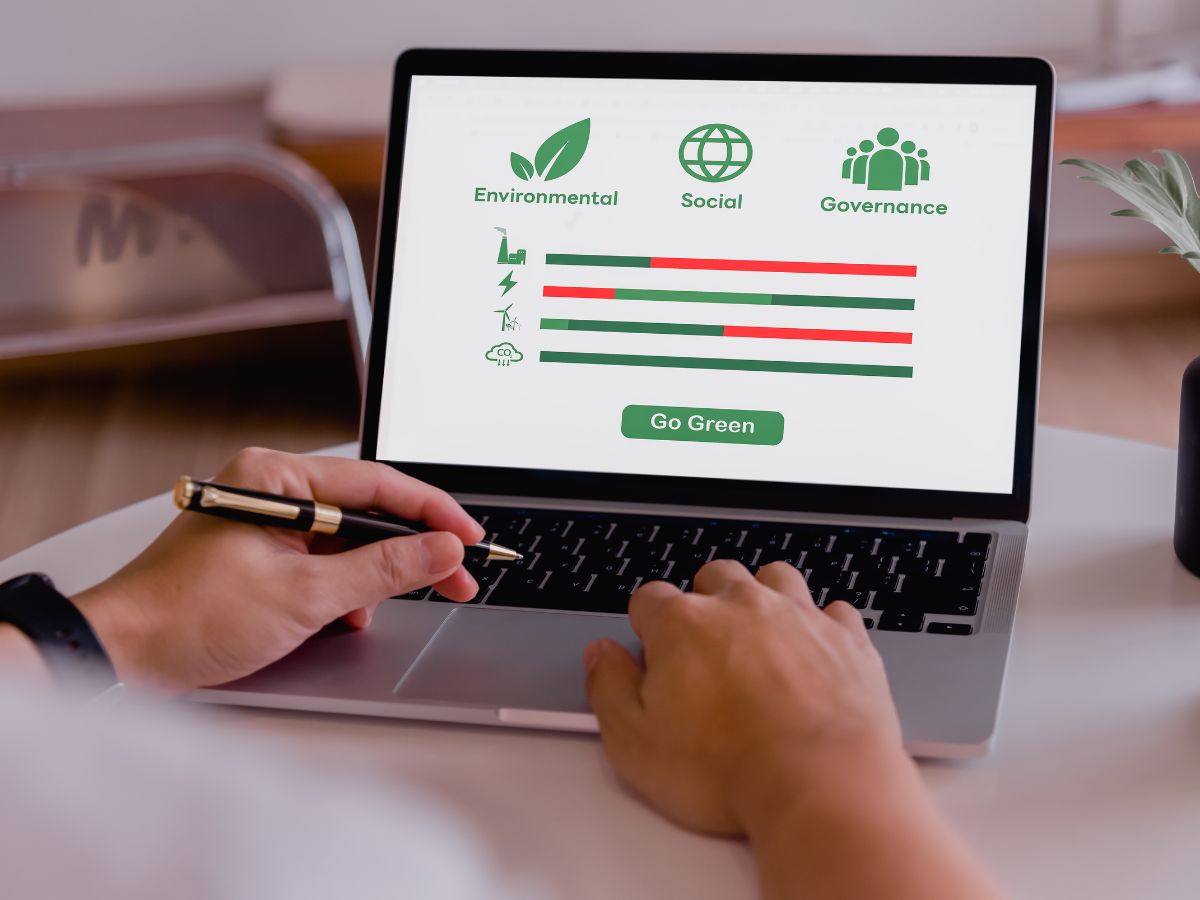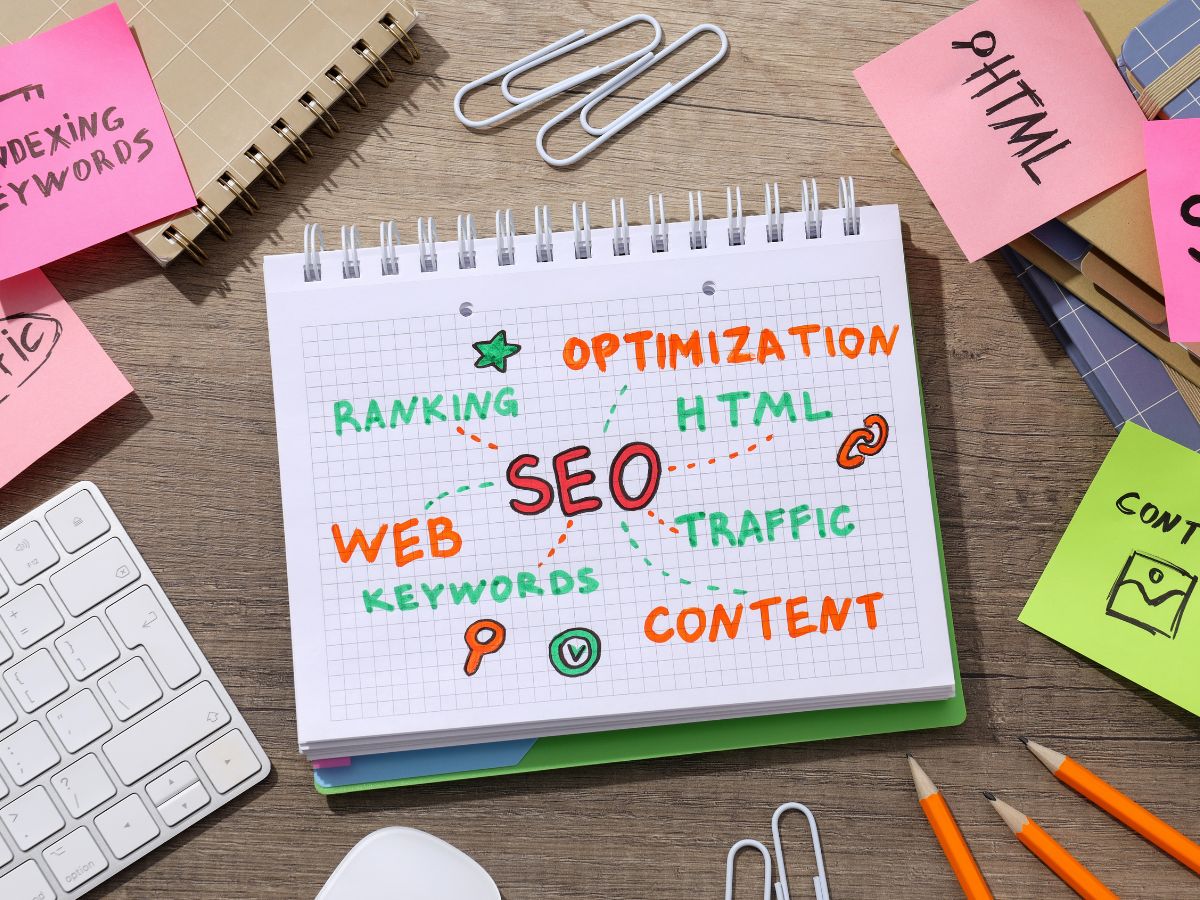Sustainable Web Design: Building a Greener Internet
The environmental impact of the internet is often overlooked. Every website visit consumes energy—from the devices we use to access the web, the networks that transmit data, and the data centers that host websites. As the web grows, so does its carbon footprint. Sustainable web design aims to address this by creating websites that are not only user-friendly but also environmentally responsible.
The Environmental Impact of the Web
The internet's carbon footprint is substantial and growing:
- The internet produces approximately 3.7% of global carbon emissions—similar to the airline industry
- A typical web page produces approximately 1.76 grams of CO2 per page view
- For sites with millions of monthly visitors, this quickly adds up to significant emissions
- Data centers consume about 1% of global electricity, with demand increasing annually
These statistics highlight the need for more sustainable approaches to web design and development.
Core Principles of Sustainable Web Design
1. Efficiency First
Efficient websites use less energy to build, load, and interact with. This means:
- Minimizing HTTP requests
- Optimizing and compressing assets
- Implementing efficient caching strategies
- Writing clean, efficient code
- Avoiding unnecessary features and content
2. Renewable Energy Hosting
The energy source powering your website matters:
- Choose hosting providers that use renewable energy
- Consider green hosting certifications like Green Web Foundation
- Evaluate data center efficiency metrics like Power Usage Effectiveness (PUE)
3. User-Centered Design
Sustainable design is inherently user-centered:
- Create intuitive navigation that helps users find information quickly
- Reduce unnecessary page loads and interactions
- Design for accessibility, which often aligns with sustainability goals
- Focus on content that users actually need and value
4. Longevity and Durability
Sustainable websites are built to last:
- Design with future maintenance in mind
- Use stable, well-supported technologies
- Create timeless designs that won't need frequent overhauls
- Implement progressive enhancement for broader device support
Practical Techniques for Sustainable Web Design
Optimizing Images and Media
Media files often constitute the largest portion of a page's weight:
- Use modern formats like WebP and AVIF that offer better compression
- Implement responsive images to serve appropriately sized files
- Consider if video is necessary or if alternatives could work
- Lazy load non-critical media
- Optimize image compression without sacrificing necessary quality
Efficient Code and Delivery
How code is written and delivered significantly impacts efficiency:
- Minify and compress HTML, CSS, and JavaScript
- Eliminate unused code and dependencies
- Use CSS instead of JavaScript for animations when possible
- Implement critical CSS techniques
- Consider the efficiency of your JavaScript framework choices
Thoughtful UX Design
User experience design impacts sustainability:
- Streamline user journeys to reduce unnecessary page loads
- Design intuitive interfaces that minimize user confusion and repeated actions
- Create clear information architecture that helps users find content efficiently
- Consider offline capabilities for appropriate applications
Performance Budgeting
Setting constraints helps maintain sustainability:
- Establish page weight budgets
- Monitor and enforce performance metrics
- Implement performance regression testing
- Consider sustainability impact in feature decisions
Measuring Web Sustainability
Several tools can help assess a website's environmental impact:
- Website Carbon Calculator: Estimates CO2 produced per page view
- Lighthouse: Measures performance, which correlates with energy efficiency
- WebPageTest: Provides detailed performance metrics
- Green Web Foundation Checker: Verifies if a site is hosted on renewable energy
Regular auditing using these tools helps track progress and identify areas for improvement.
Business Benefits of Sustainable Web Design
Sustainable web design isn't just environmentally responsible—it's good business:
- Improved Performance: Sustainable websites typically load faster, reducing bounce rates
- Lower Hosting Costs: Efficient sites require less bandwidth and server resources
- Broader Accessibility: Sustainable practices often improve accessibility for users with slower connections or older devices
- Brand Reputation: Environmental responsibility can enhance brand perception
- Future-Proofing: Sustainable sites are better prepared for evolving web standards and technologies
Getting Started with Sustainable Web Design
For existing websites:
- Conduct a sustainability audit using the tools mentioned above
- Identify "quick wins" like image optimization and code minification
- Develop a roadmap for deeper optimizations
- Consider switching to green hosting
For new projects:
- Include sustainability in project requirements from the start
- Set performance and sustainability budgets
- Choose frameworks and technologies with efficiency in mind
- Design with longevity as a core principle
- Select green hosting from the beginning
Conclusion
Sustainable web design represents a significant opportunity to reduce the internet's environmental impact while creating better user experiences. By focusing on efficiency, renewable energy, user-centered design, and longevity, web professionals can build sites that are not only effective but also environmentally responsible.
As awareness of digital sustainability grows, these practices will likely become standard expectations rather than optional considerations. Forward-thinking designers and developers who embrace sustainable web design now will be better positioned for the future of the web.



